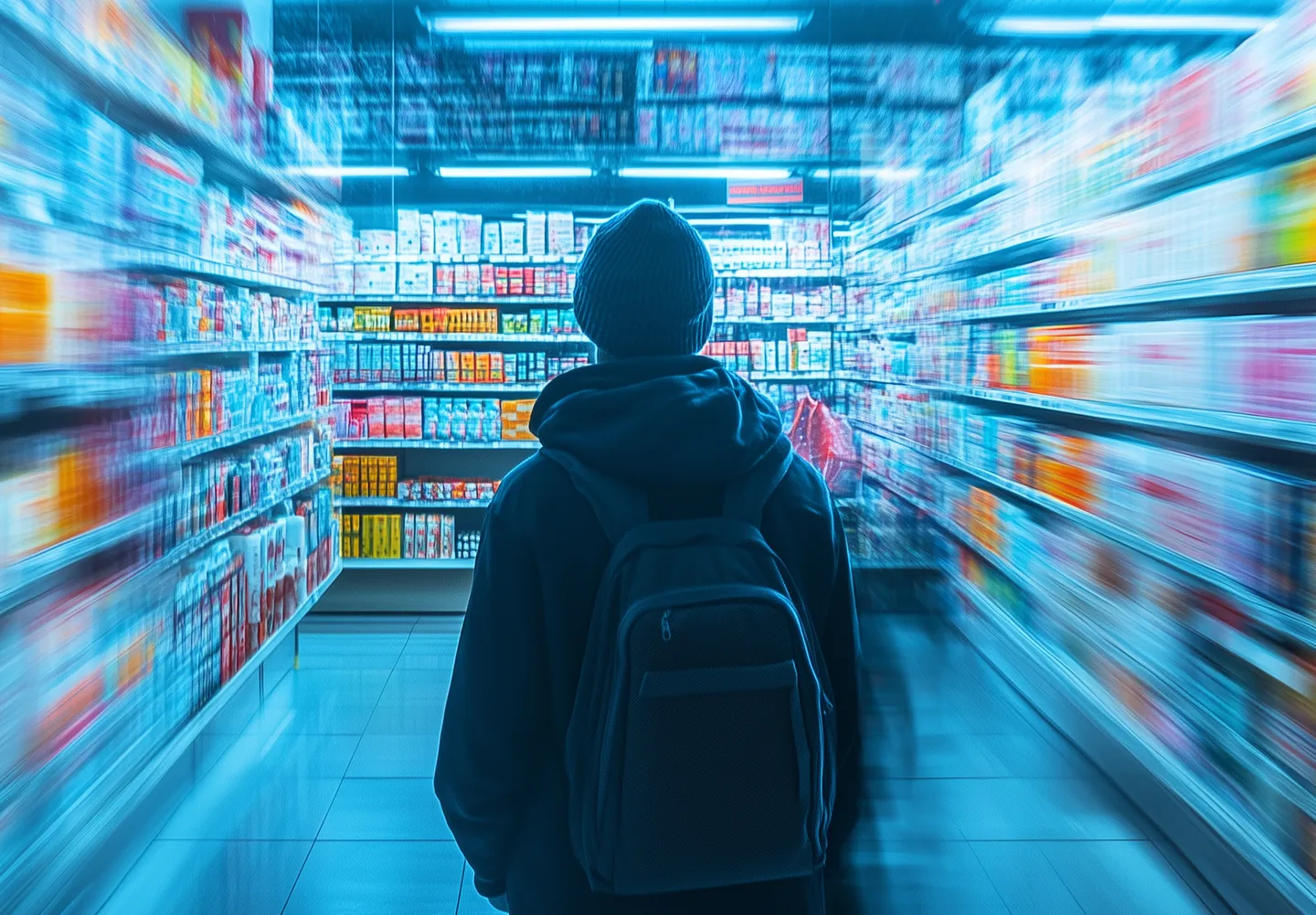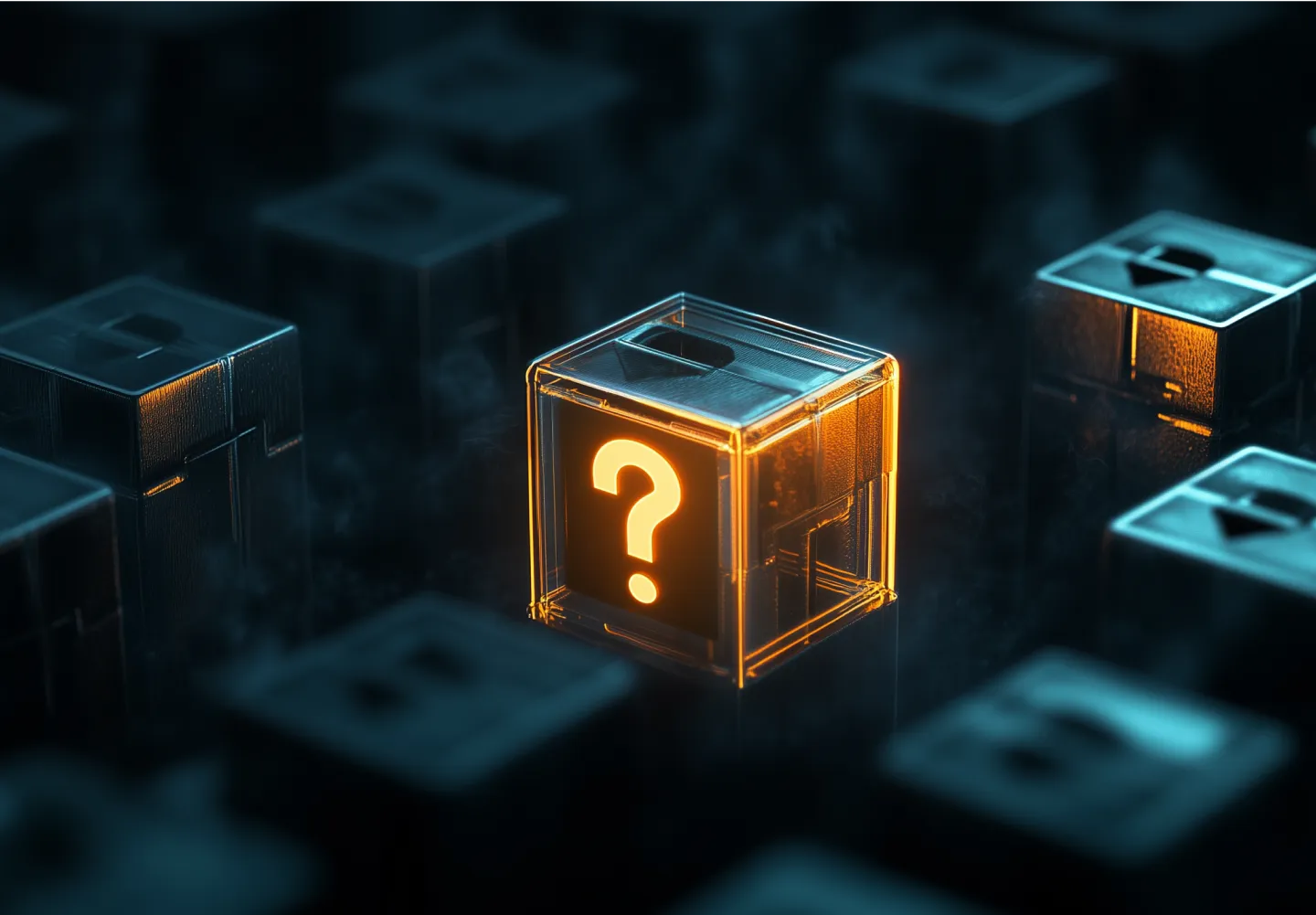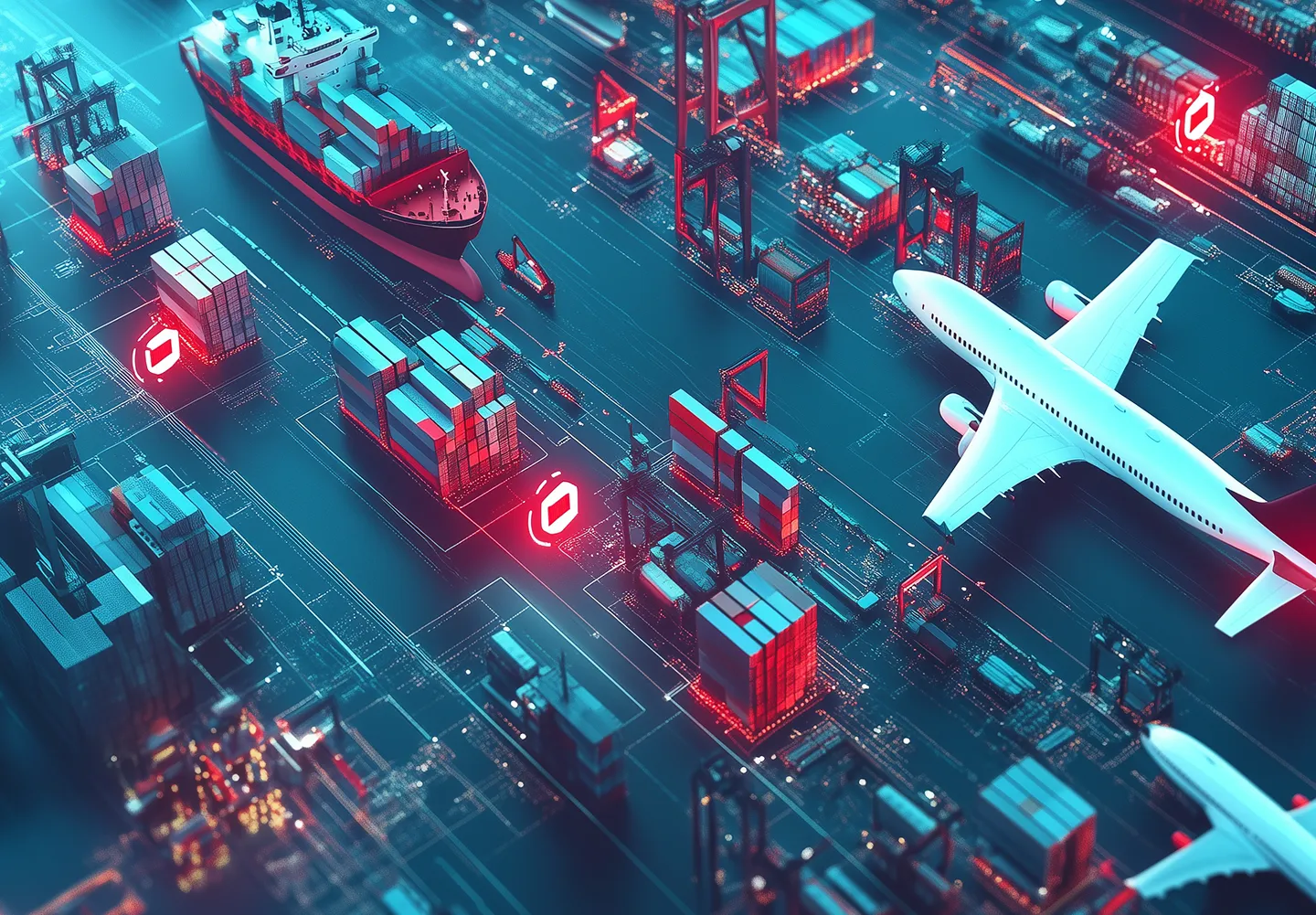Why Product Authentication is Essential
The Growing Threat of Counterfeiting: Why Product Authentication is Essential
In the modern era of global trade, counterfeiting has evolved into a widespread threat impacting brands, consumers, and economies worldwide. Counterfeit products not only damage companies' reputations but also endanger consumers and destabilize economies. Understanding the scope of this issue and taking action, such as implementing product authentication, is more important than ever.

The Scale of Counterfeiting
The scale of counterfeiting has grown significantly over the past decades. Estimates suggest that the global trade in counterfeit and pirated goods was valued at $509 billion in 2019, comprising 3.3% of global trade. This figure is projected to exceed $1 trillion by 2022. The rise of e-commerce and global supply chains has further facilitated the spread of counterfeit goods, making it increasingly difficult for consumers to distinguish between genuine and fake products.

Economic Impact
The economic losses from counterfeiting are immense. Counterfeit products cost the global economy approximately $200 billion annually. These losses include:
- Tax Revenue Deficits: Governments lose billions in tax revenue due to the underground nature of counterfeit trade.
- Job Losses: Legitimate businesses experience declining sales, leading to job cuts and reduced investment in innovation.
- Market Disruption: The influx of counterfeit products undermines fair competition and devalues original goods.

Most Vulnerable Industries
Counterfeiting affects many sectors, but some industries are particularly at risk:
- Fashion: About 60% of counterfeit products are linked to the fashion industry, including clothing, accessories, and luxury goods.
- Cosmetics: The counterfeit cosmetics market is valued at $75 billion. These products often contain harmful substances, posing serious health risks to consumers.
- Electronics: Counterfeit electronics accounted for 50% of all fake goods in 2019. These products not only harm brands but also pose significant safety hazards due to substandard components.
- Pharmaceuticals: Approximately 10% of all medicines on the market are estimated to be counterfeit, endangering lives and public health.

Eroding Consumer Trust
Studies reveal that 45% of consumers have encountered counterfeit products during their purchases. This prevalence undermines trust in brands, deterring repeat purchases and damaging reputations. Consumers increasingly demand transparency and assurance of authenticity, making product authentication solutions indispensable for maintaining trust.

A Global Problem
While counterfeit goods are most prevalent in developing countries, they are widely traded in developed nations as well. This global reach highlights the urgent need to address counterfeiting on a worldwide scale. In regions with weak enforcement of intellectual property laws, counterfeit products dominate markets, complicating efforts to combat this illicit trade.

Combating Counterfeiting with Product Authentication
Product authentication has become a key solution in the fight against counterfeiting. By leveraging advanced technologies and innovative methods, businesses can protect their products and enhance consumer trust. One of the leading solutions comes from Uatag, which employs unique product tags and digital verification systems.

How Product Authentication Works
Unique Identification
Each product is assigned a unique Uatag label, resembling a digital fingerprint. This pattern is virtually impossible to replicate, providing unmatched counterfeit protection.
Digital Verification
Consumers can easily verify a product's authenticity by scanning the label with their smartphone. This straightforward process builds consumer confidence and trust in the brand.
Tracking and Analytics
Uatag's system monitors product movement and usage, offering valuable insights into distribution efficiency and market reach.
Consumers as Validators
By involving consumers in the verification process, Uatag transforms them into active participants in combating counterfeiting.

The Benefits of Product Authentication
The economic losses from counterfeiting are immense. Counterfeit products cost the global economy approximately $200 billion annually. These losses include:
- Brand Protection: Ensures only genuine products reach the market, safeguarding a company's reputation and competitive edge.
- Consumer Confidence: A clear and simple authentication process reassures customers, fostering loyalty and encouraging repeat purchases.
- Economic Stability: Reducing counterfeit trade minimizes financial losses for businesses and governments, contributing to a more stable global economy.

Conclusion
The proliferation of counterfeit products demands immediate and effective action. Product authentication is not just a security measure—it is a comprehensive strategy to protect brands, consumers, and economies. By adopting innovative solutions like Uatag's system, businesses can counter the counterfeit threat and ensure a transparent and safe marketplace for all.
